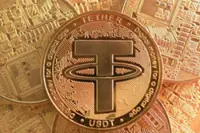Dogecoin remains the king of memecoins, with a market value of more than US$22bil (RM103.21bil). — Photo by Kanchanara on Unsplash
Memecoins are a type of cryptocurrency that originated from Internet memes or jokes. Unlike other well-known cryptocurrencies such as Bitcoin and Ether, which were created with specific financial goals or technological designs, memecoins often start as jokes or social experiments.
Some of the most speculative cryptocurrencies introduced in the last few years are trading at record highs, making the jokes expensive ones: The total market value of all memecoins is more than US$50bil (RM234.57bil).





